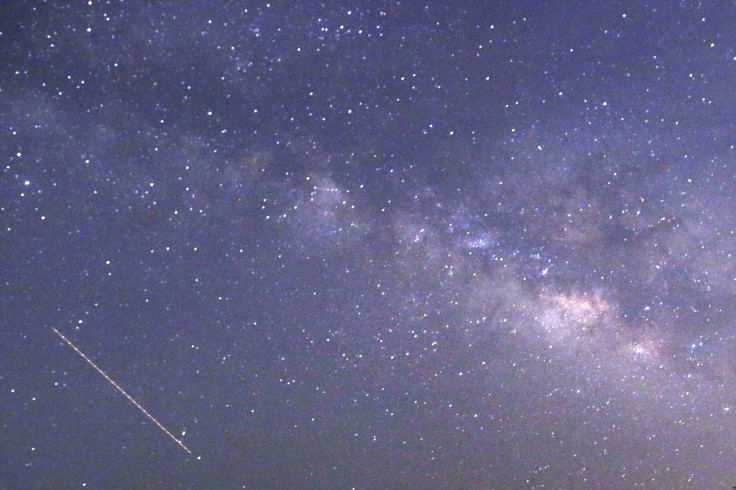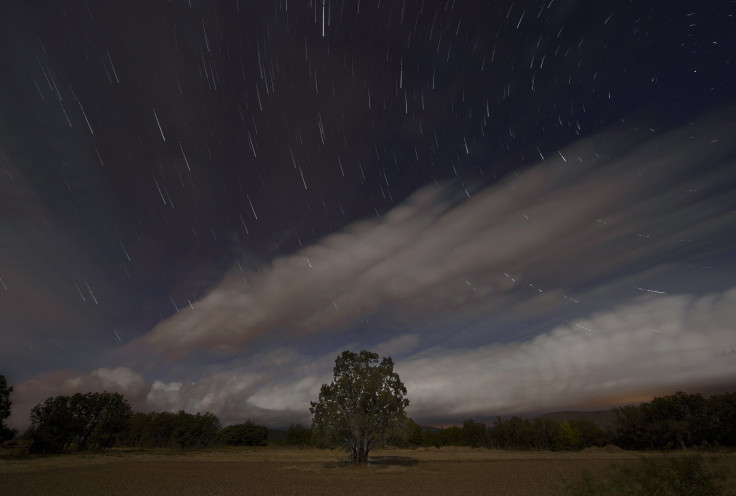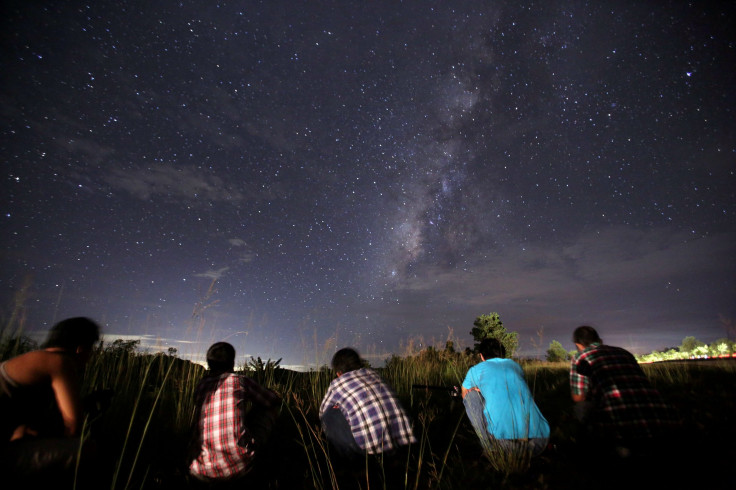National Meteor Day 2015: 5 Must-Know Facts About Shooting Stars, Plus Stunning Pictures Of Meteor Showers

The last day of June is fast approaching, and with it, the little celebrated yet star-studded National Meteor Day, also known as National Meteor Watch Day. It’s a night when people exchange the dim glows of their televisions, computers and smartphones for those faraway streaks of light in the night sky, familiarly known as shooting stars. The day is celebrated every year on June 30.
In honor of the celebration, here are five key facts to know about these stellar displays of brilliance.
1. Meteors are popularly known as shooting stars or falling stars. They are objects that fall through the earth’s atmosphere and glow brightly as the thick air resists their passage. These objects can be as small as a dust particle or as large as a rock.

2. A meteor is different from a meteorite, which is actually a meteor that manages to survive its journey through the Earth’s atmosphere and actually hits the ground, according to the American Meteor Society.
3. A meteor shower happens when the Earth, in its orbit, crosses the path of a meteor stream, which is a group of meteoroids -- a small hunk of rock or metal that travels through space. Meteoroids are smaller than asteroids and are usually the size of a pebble.

4. Wishing upon a shooting star is no more likely to make that wish come true than wishing upon something else. But that sweet myth nevertheless has numerous historical origins, the most common of which dates back to second-century Greece. At that time, people, possibly led by the writings of the astronomer Ptolemy, believed that stars fell when the gods peered down at Earth, thus making a shooting star the ideal time to cast a wish.
5. To make the most of a nighttime viewing, check the American Meteor Society’s Meteor Activity Outlook for this week and any other week you head outdoors to gaze at the night skies.

June 30 also happens to be Asteroid Day, which was created to raise awareness on the danger of asteroids. The date was chosen for a historic day in 1908 when an asteroid crashed into Tunguska, Siberia, and destroyed 770 square miles of forest, according to CNN.
© Copyright IBTimes 2025. All rights reserved.






















